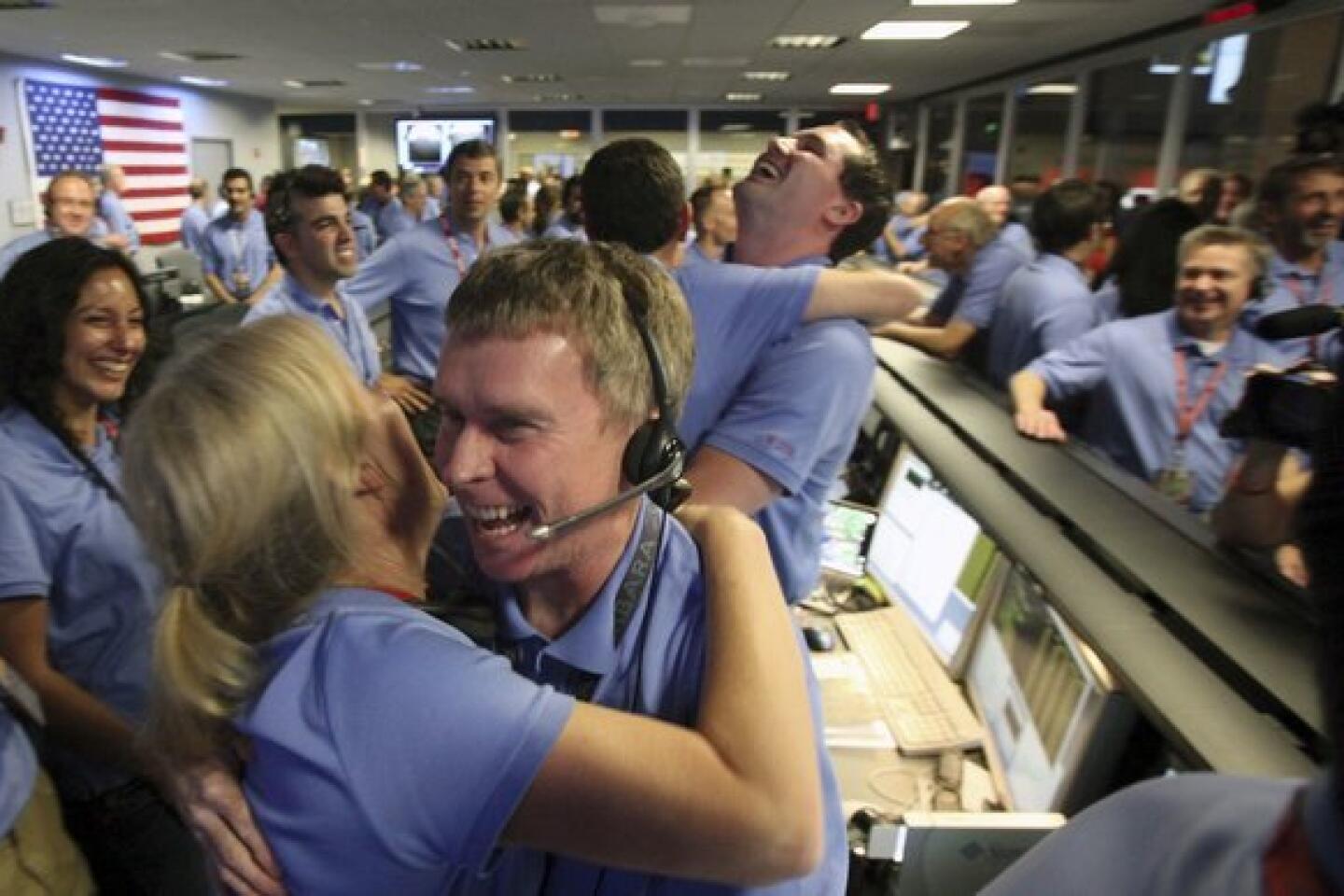100,000 people apply for a one-way trip to Mars
Mars One wants to send humans on a one-way trip to the Red Planet in 2022. Four individuals will be selected out of the more than 100,000 that have already applied, according to the Dutch nonprofit. But would members of such an expedition, estimated to cost $6 billion, survive the trip?
The Obama administration has set a goal to send astronauts to Mars by the 2030s – but Mars One is much more ambitious, looking to send the four people who are chosen to actually colonize our planetary next-door neighbor.
The applications have poured in – Mars One announced the start of its selection program to the general public April 19, and by May 7 they said they’d passed the 78,000 mark. That’s no small feat, given that the registration fee ranges from about $5 to $73, depending on the country (it’s about $38 in the United States).
But a one-way trip to Mars would face an enormous number of technical and practical hurdles that aren’t close to being figured out. NASA’s intrepid rover Curiosity has started addressing one of the questions: radiation exposure on the journey.
NASA has been exploring some of the risks involved with such a long, pioneering journey. Scientists recently analyzed data sent back by Curiosity’s radiation assessment detector during the rover’s nearly 9-month journey through space and found a serious amount of radiation bombarding the spacecraft. How would humans fare in that scenario?
“It is clear that the exposure from the cruise phases alone is a large fraction of (and in some cases greater than) currently accepted astronaut career limits,” the authors wrote in their paper published in Science in May.
It’s one of the most interesting non-geological finds to come out of the rover thus far, said Caltech geologist John Grotzinger, lead scientist for the Mars Science Laboratory, as Curiosity’s mission is formally known.
“Now NASA has a really good sense for what kind of design principles you would use — and what particular measurements and safeguards you would use — to safeguard against a dose of radiation that an astronaut would receive,” Grotzinger said in a recent interview.
The radiation challenges aren’t insurmountable, scientists say.
“It’s not a showstopper,” Lewis Dartnell, an astrobiologist at the University of Leicester in England who was not involved in the work, said at the time. “But it does mean if we want to do a human mission to Mars as safely as we can, we perhaps need to start thinking about how to better shield and protect these astronauts against radiation in space.”









